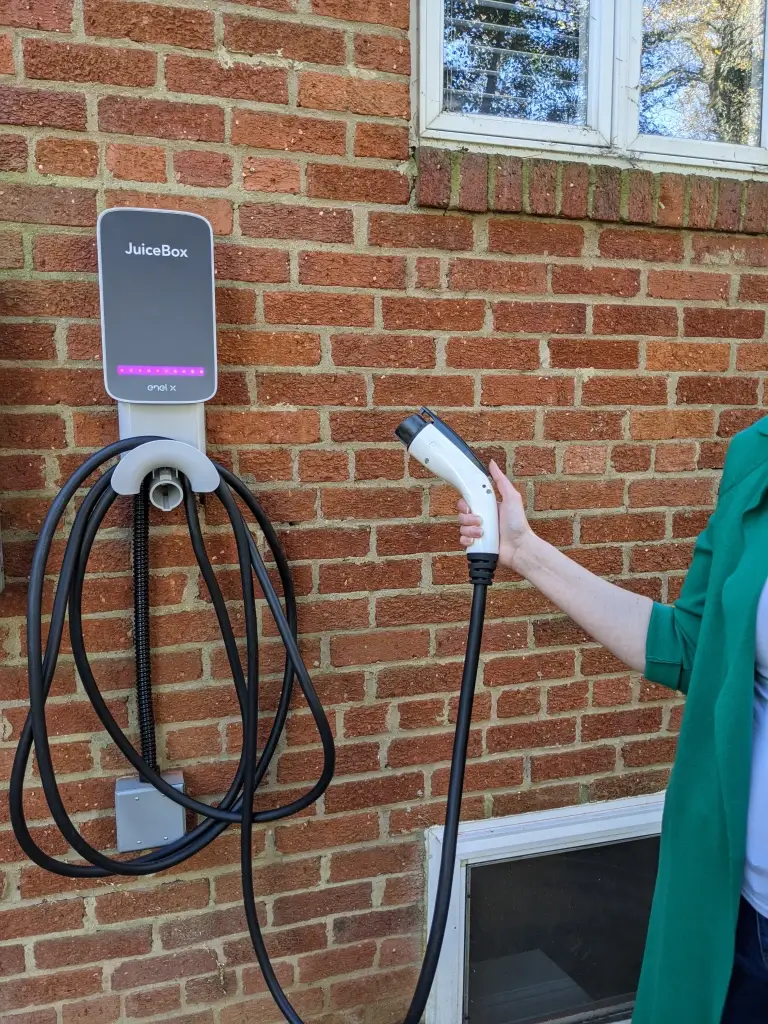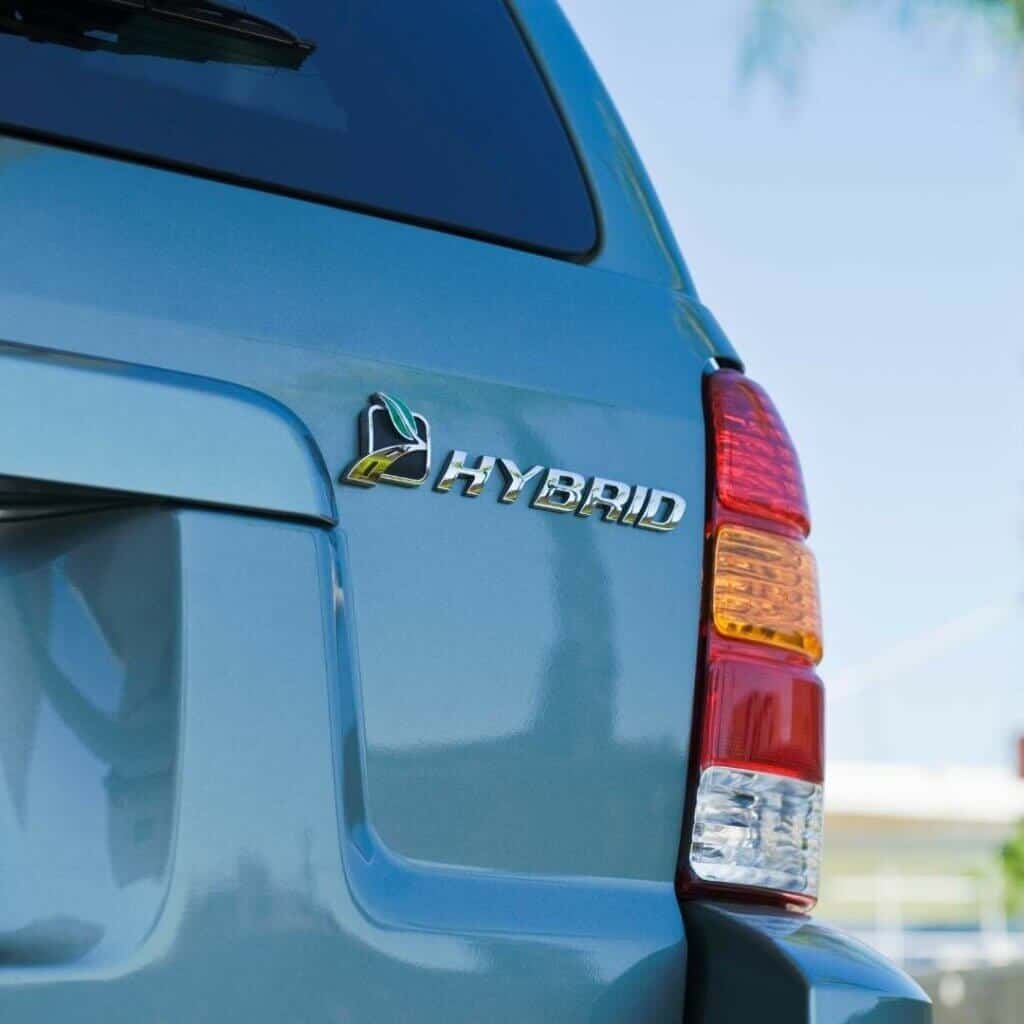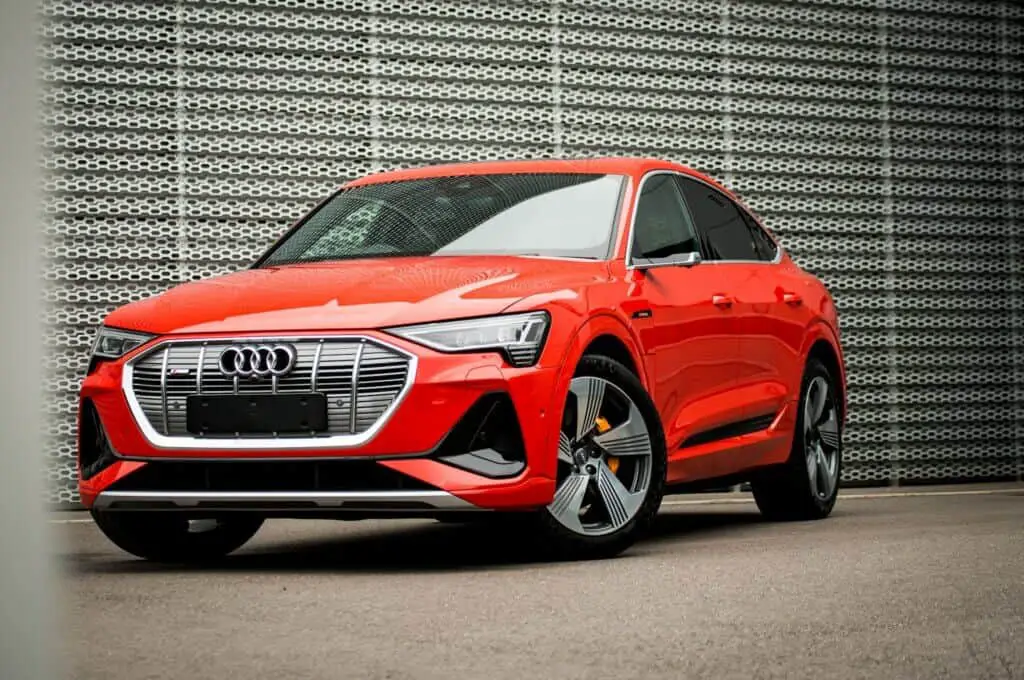JuiceBox vs ChargePoint: Which one is better to use?
The need for home EV chargers grows in tandem with the use of electric vehicles (EV). Drivers of electric vehicles (EVs) rapidly come to the realization that the Level 1 chargers included with their vehicles are inconvenient and might cause them undue stress during their daily journey. Simply said, these chargers are inadequate to satisfy their demands.
On the other hand, EV drivers may experience stress if they only use public Level 2 chargers. The best course of action for EV owners is to purchase a Level 2 charging station for their residence. They may easily charge their electric vehicles in the privacy and comfort of their own homes by installing a charging station. [1]
There are many Level 2 chargers available nowadays. A search on Amazon turns up a whole page of very identical products. But two gadgets stand out from the crowd. The JuiceBox 40 and ChargePoint Flex are genuinely next-generation chargers.
They have appealing looks, practical features, and built-in apps that do much more than just keep track of the kilowatt hours poured into your vehicle. Both businesses draw on their expertise in building dependable, long-lasting public charging stations and large public charging networks to produce top-notch home goods.
JuiceBox vs ChargePoint Comparison

All electric vehicles currently on the market, including Teslas (with an adaptor that comes with all Tesla purchases), can be powered by the JuiceBox 40 and ChargePoint Home Flex. They can both be connected to Amazon Alexa, but only the JuiceBox 40 supports Google Assistant.
They are both ENERGY STAR-certified and have smart features. But unlike the ChargePoint, the Enel X JuiceBox has a lock to keep the cord in place. The ChargePoint is lighter and more compact than the JuiceBox. The JuiceBox weighs 16 pounds compared to the 13.8 pounds of the ChargePoint EV charging station.
- Ease of installation
JuiceBox takes an early advantage since it comes mostly assembled. The ChargePoint Flex requires some assembly for the perfect fit and finish.
JuiceBox would seem to fall behind when it came to ease of installation, given that it is the larger unit. However, this situation is the exact reverse.
You have greater freedom to place JuiceBox on the wall in a more convenient location thanks to its longer input cord. This is crucial since your 14-50 outlet will almost always be installed with the ground facing up by an electrician, and the outlet isn’t going anywhere.
Contrarily, the Flex only has a 23-foot power cord, which is the “maximum allowed” as stated on their website [1].
The Flex’s shorter input cord drastically restricts where you may hang it from the wall. If you choose the ChargePoint Flex, have the outlet installed “upside down” by the electrician so that you can use the entire length of the power cord.
Since the charger unit slips onto a bracket that you attach on the wall, installing the JuiceBox is also made simpler. Installation is surprisingly easy because you don’t need to screw into and around the unit as you do with the ChargePoint Flex.
- Charging Speed
Both chargers provide you with adequate Level 2 charging speeds. While Enel X claims the JuiceBox 40 would offer 12 to 60 miles of driving range each hour of charge, ChargePoint claims the Home Flex may add up to 37 miles of range per hour of charge. This depends on the sort of EV you are charging and its acceptance rate.
The ChargePoint home charging station features adjustable amperage settings ranging from 16 amps to 50 amps, which is a significant difference to note [2].
According to the name, the JuiceBox 40 is only available in a 40 amp version.
Contrarily, the JuiceBox is available from Enel X in 32-amp and 48-amp versions, providing you more freedom to select the model that best suits your requirements.
The speed of charging increases with the number of amps. Please exercise caution as your electrical panel might not be able to manage such a large load.
While 40 amps is enough by today’s standards, you might desire your home EV charger to have more power as electric car technology advances. However, the JuiceBox will not allow you to meet this need.
The Enel X JuiceBox is the better choice if your household has several electric vehicles. It gives two or more chargers on a single circuit the capacity to share load. On the other hand, the ChargePoint requires a separate dedicated circuit for each station.
- Ease of Use
Both the JuiceBox 40 and ChargePoint Flex successfully complete their tasks at the most fundamental level. You extend the charging cable, connect the charger, and then turn to leave.
Both units are simple to use. However, you need to look more closely at each device’s apps if you want to accurately assess its functionality.
- App Features
You can schedule charging times to take advantage of the lowest electricity rates, set reminders, and monitor usage on the Enel X, JuicePass [3], and ChargePoint [4] apps. You can manage charging at both public and exclusive charging stations within the networks of both apps. The apps are straightforward and simple to use.
The primary distinction between them is the size of ChargePoint’s network for charging away from home. The U.S.’s largest charging network, ChargePoint, has 15,454 locations.
- Future Proofing Capabilities
The JuiceBox is a fantastic charger with a stylish, though rather bulky, appearance. Its maximum amperage is 40A. That works for now, but when electric vehicles advance and their batteries need more power to recharge, you’ll wish you had a little bit more power [5].
The ChargePoint Flex excels in that area. You can configure the Flex’s output for anything between 16A and 50A (if your associated breaker box can handle it).
This means that the “Flex” portion of its name isn’t just smart marketing or lip service. The ChargePoint app’s ability to view the connected breaker during setup and modify its output is a good touch.
JuiceBox 40 EV Charger review
Enel X is the company that makes the JuiceBox 40 EV charger. The JuiceBox 40 is the most popular home smart charging station, according to Enel X. We really love modern appearance combined with 25 – foot cable. It has a cable rack underneath a rounded rectangular box.
LED lights on the screen display information about connectivity, power, and charging. Both a hardwired and plug-in version are available.
A plug-in is portable and can be replaced if you decide to relocate or upgrade, as opposed to a hardwired electric car charger, which is permanently hooked to the wall.
A waterproof polycarbonate enclosure is included with the JuiceBox, which is very helpful if you intend to place your home Level 2 charger outdoors.
ChargePoint Home Flex EV Charger review
The Home Flex is a charger that is grey and silver in color and has a black cable. The main unit’s design incorporates a wire rack that loops around the charger’s top.
It contains a green LED indicator light that changes color around the charger holder to display updates on the charge status. At 23 feet, the cable is two feet shorter than the JuiceBox. It lacks the polycarbonate casing of the JuiceBox 40 but is still weatherproof and has a NEMA 3R rating for outdoor use. A hardwired or plug-in version is also available.
Related: Plugshare vs Chargepoint
Final word
The JuiceBox 40 and ChargePoint Home Flex are both excellent choices for Level 2 EV chargers. You can choose the best amongst them based on your particular interests and way of life. The JuiceBox might be your first preference, for instance, if your household has two EVs and you’d want the option of load sharing.
On the other hand, the ChargePoint would be the best option if you value being able to charge with 50 amps rather than 40 amps. In the end, it’s critical to choose a charger that fits your unique requirements and preferences.
Whichever home EV charger you choose, you’ll be in a far better position than depending on a Level 1 charger or on public charging stations.
Read Next: Zappi Charger Problems




